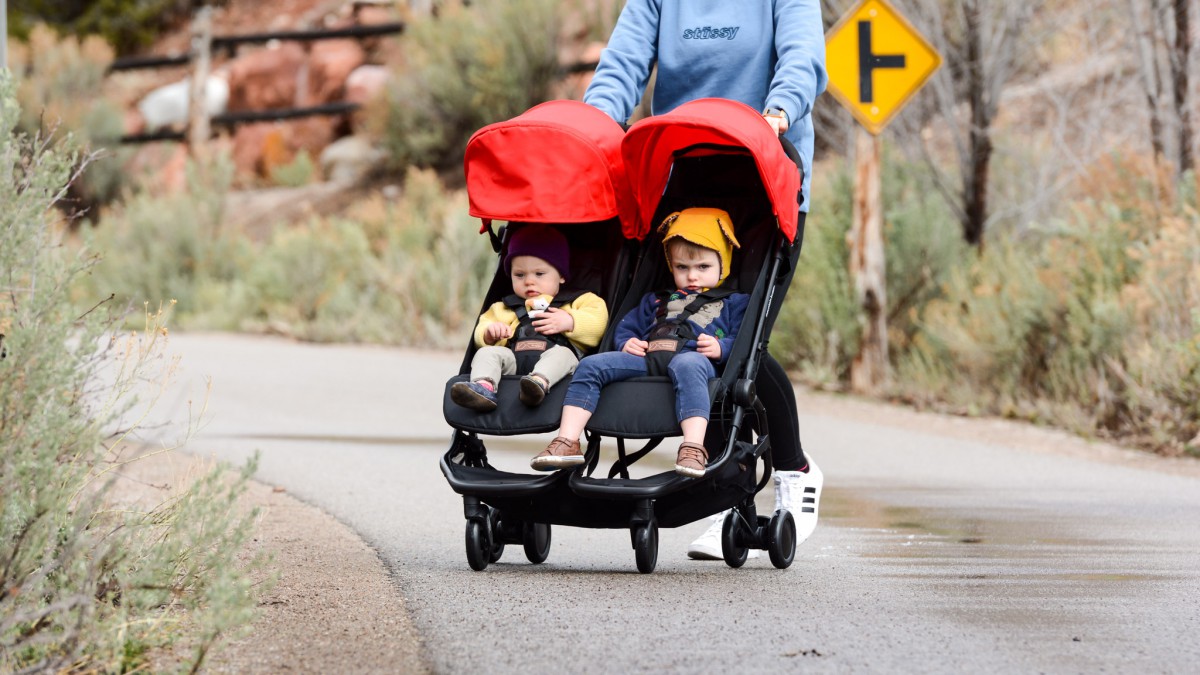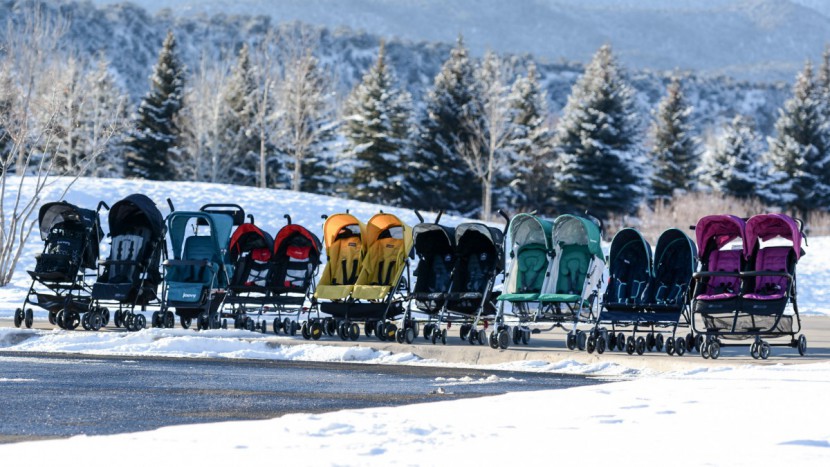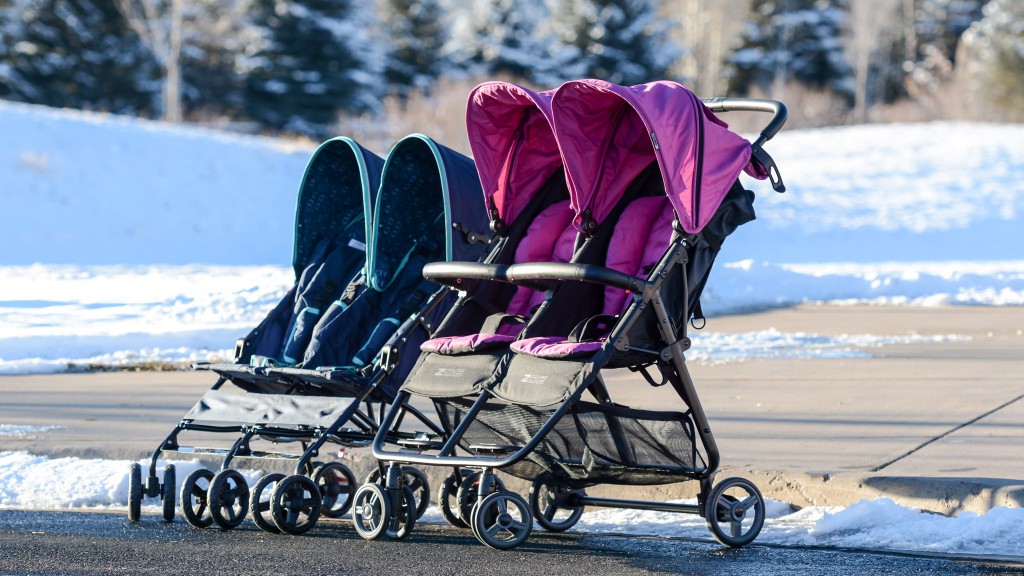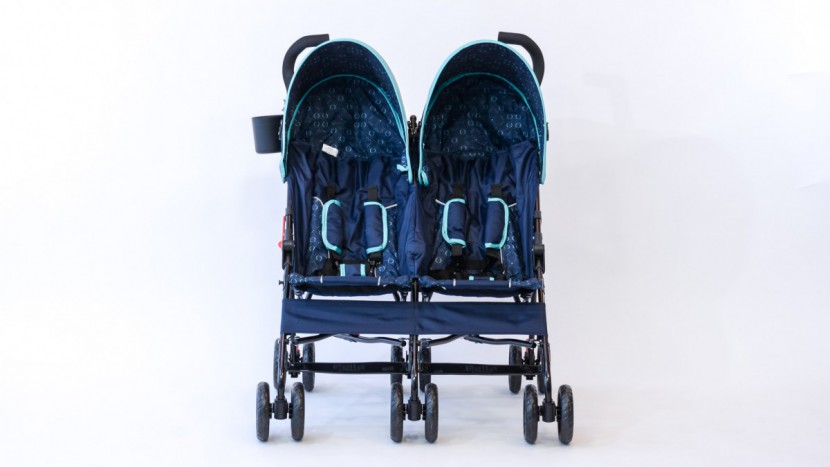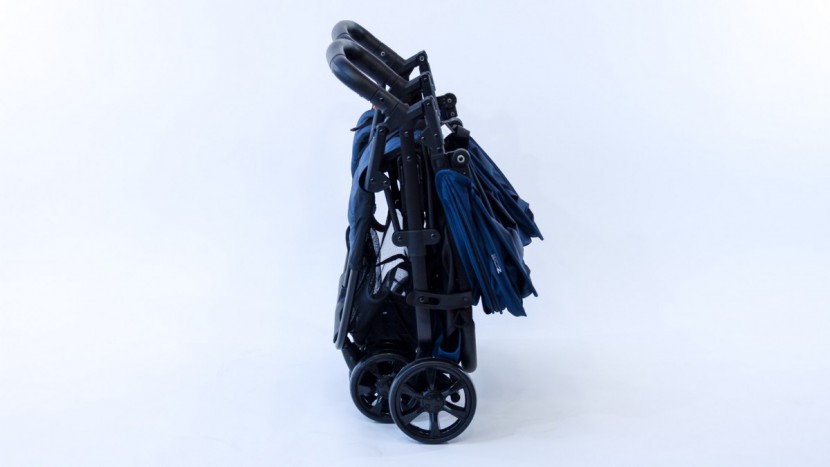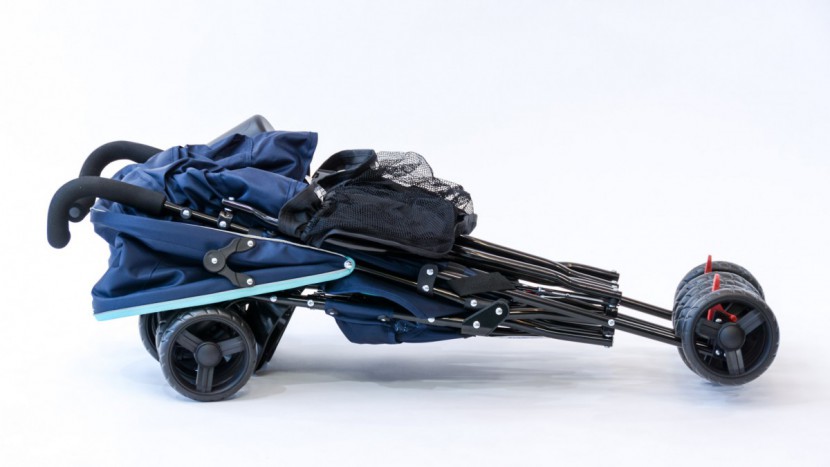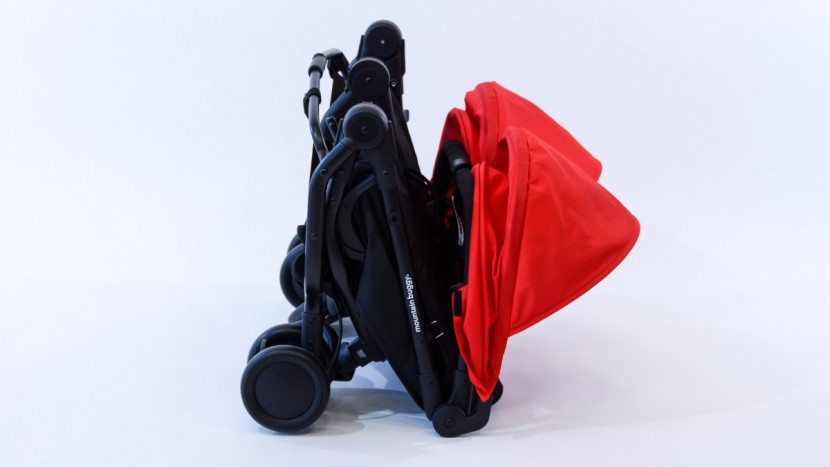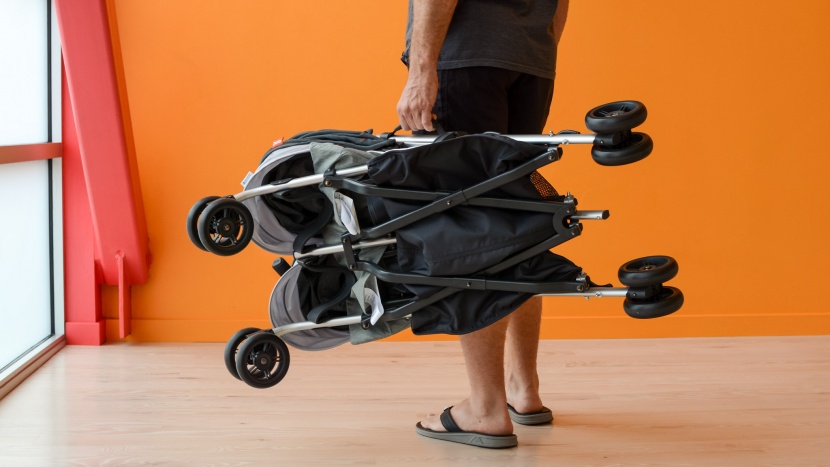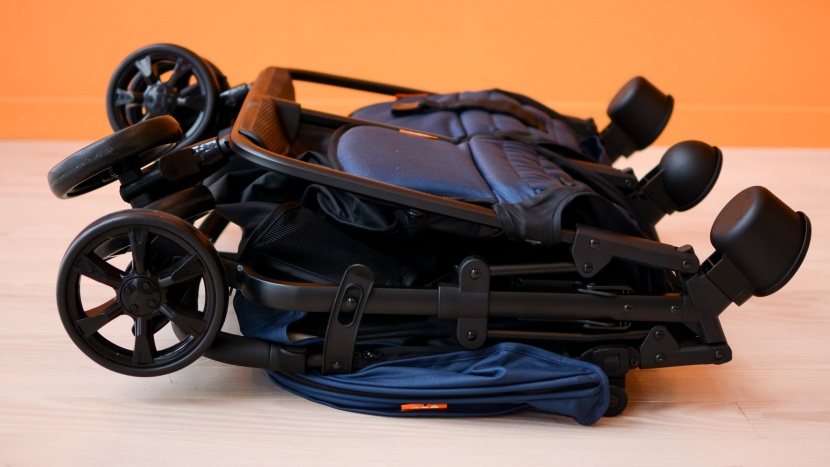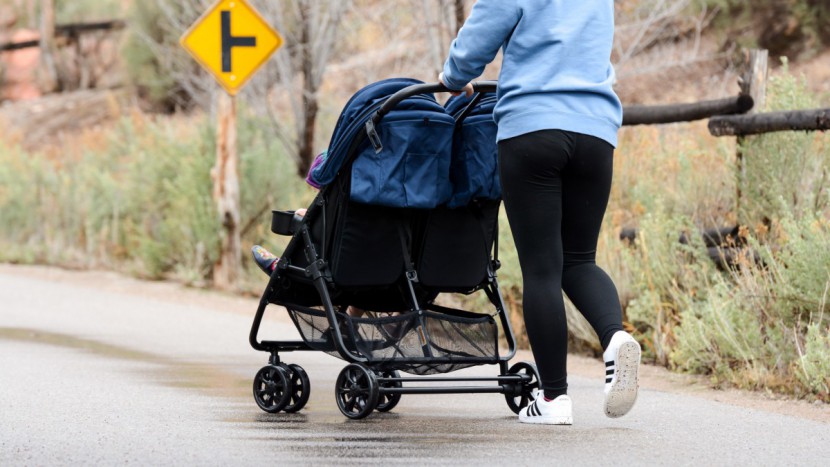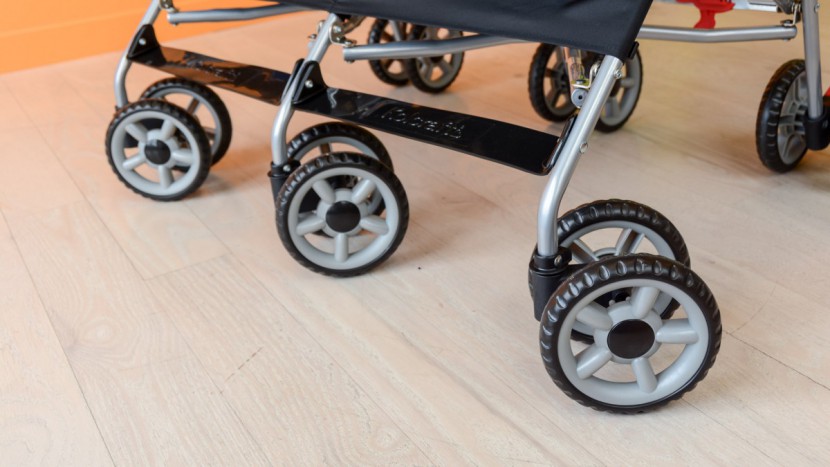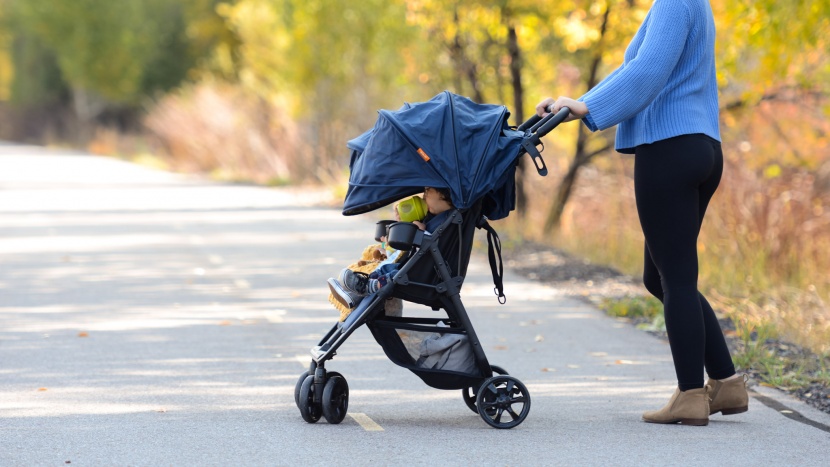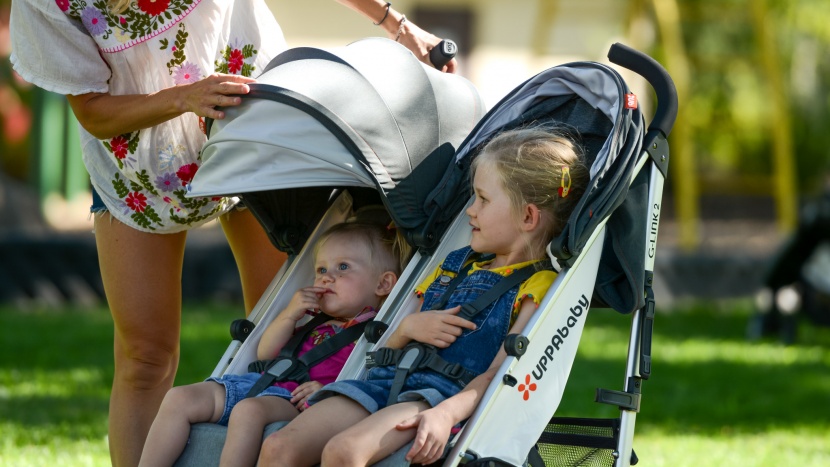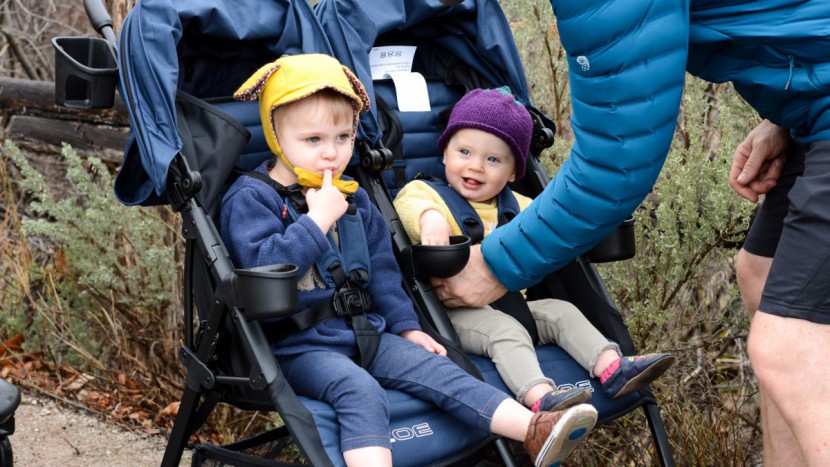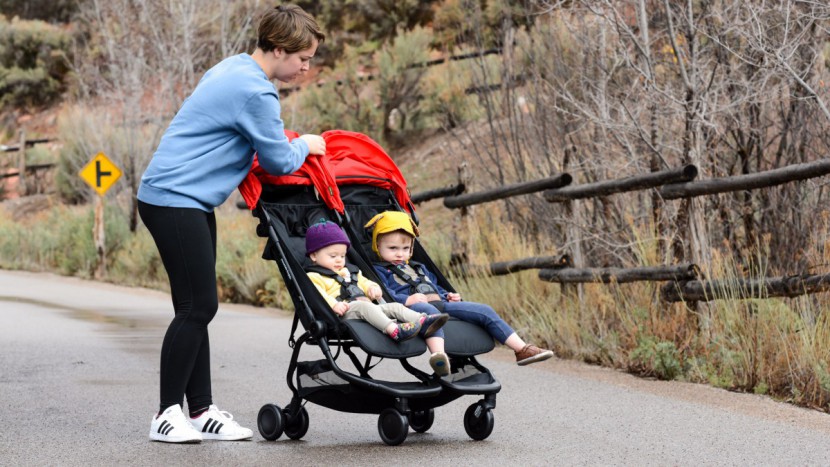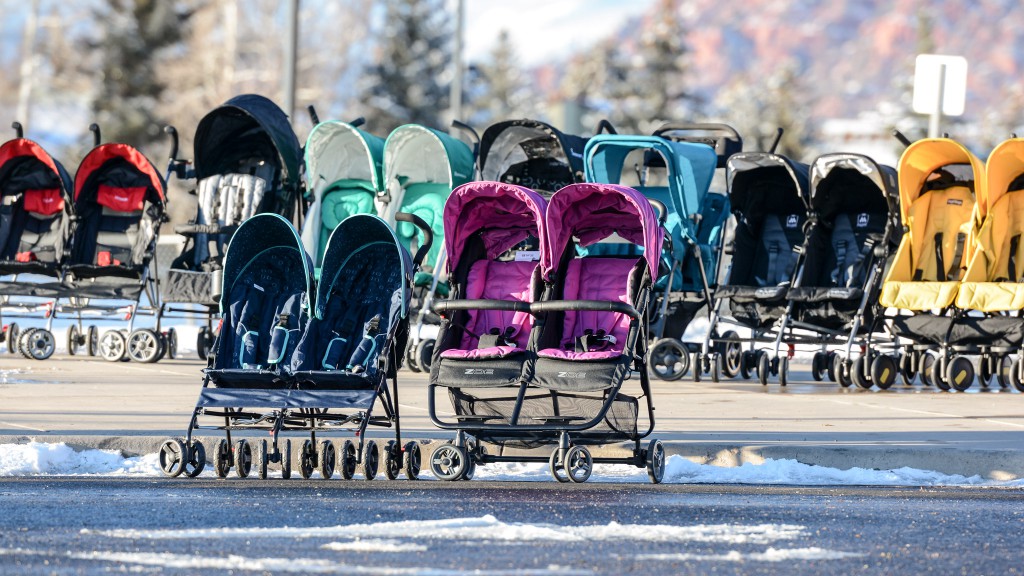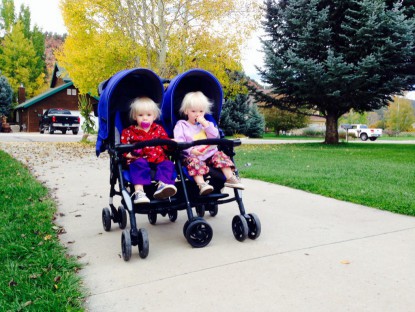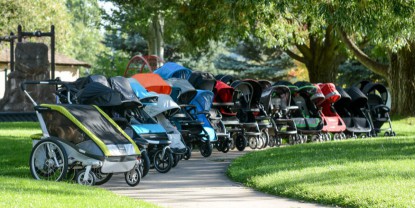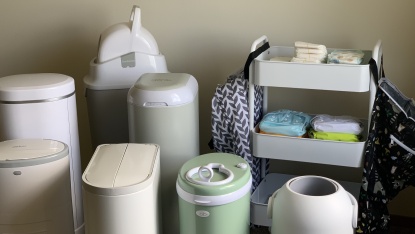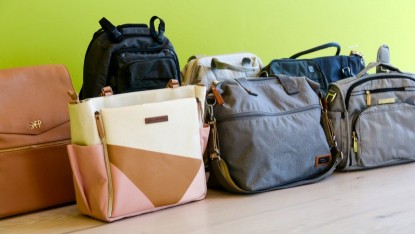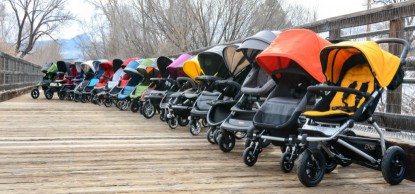After extensive use and months of testing double travel strollers, we have compiled all the information and insider details you need to choose the perfect double travel stroller for you. This article provides all the details necessary to make your decision. We purchased over 13 (including now discontinued options tested in the past) of the top double lightweight products to test and compare so you can make an informed decision about what is most important to you for this kind of stroller.
You may also want to read our review of the best double strollers might be more suitable for your needs than a traditional travel stroller. After testing, we wonder if some families might find a better option outside of the lightweight selection.
Why Buy an Travel Stroller?
Lightweight travel stroller products are designed to be a secondary stroller good for travel. This type of stroller should provide parents with a simple, compact product that is easy to fold, lift, carry, and stow to use when bringing your standard stroller is not ideal. Most lightweight travel strollers collapse like an umbrella, making them relatively small compared to other stroller types. This makes them ideal for commuting, tourist adventures, grandma's house, or navigating airports.
Check out our favorite strollers across categories for other high-ranking options that might fit your needs.
Types of Double Lightweight Strollers
There are two general styles of lightweight double strollers: the basic travel product with few features and the lightweight product that offers more features for comfort and convenience. The latter type is often (but not always) heavier, as it places more importance on features than weight and folded size.
A double travel stroller should be small, easy to fold, and easy to transport. This stroller type has few features and focuses more on getting children from A to B without the troubles of a heavy, bulky stroller that may not fit where you want it to go. This stroller type can reduce the hassle of traveling with little ones, but its lack of features could cause problems if the trip is long.
The lightweight products are not as heavy as a standard stroller or jogger, but they tend to be heavier than the pared-down travel options. Lightweight options usually include larger canopies and storage, reclining seatbacks, and occasionally adjustable leg rests. In general, this stroller style sacrifices some weight for comfort and convenience. However, the lightweight strollers are still easy and quick to fold, compact when folded, and should fit where a larger stroller can't. These products often, but not always, take up more space than their travel strolling counterparts, making them harder to transport and store.
Doubles come in a side-by-side seating design and an inline style where the second seat is behind the first. The inline style is better for negotiating doorways and crowded walkways, but they often have a huge disparity between seating features that could cause children to fight over who gets the better seat. Side-by-side strollers can be more difficult in doorways, but they have identical seating and traditionally perform better in our tests.
Performance Considerations
While you can see how the products rank and compare in our full review, it is also essential to consider how well they performed during testing. Just because a stroller has a specific feature doesn't mean that feature works well or is truly an asset. On the contrary, some features seem to be nothing more than the manufacturer's way of making the product look more impressive in a comparison chart instead of a beneficial component that increases usability. Our testing process and review are designed to reveal how well each product performs compared to the competition so parents can narrow their potential buying choices to the best option for their family.
While performance can vary from product to product, we did find some general consistencies you will want to know before making your final purchase. These are factors to consider whether you choose one of the products we tested or another option we didn't review.
Size Matters
This stroller style was created to solve a size problem for parents on the go, so size is essential. If a lightweight option is too large or heavy, it fails to meet the basic goal and won't be suitable for travel. It might lack features that render it virtually unusable if it is too small.
The two smallest folded double strollers in the group, Delta Children LX Side by Side (above left) at 8,211 cubic inches, and the Mountain Buggy Nano Duo (above right) at 7,484 cubic inches. The largest folded options are the UPPAbaby G-Link 2 (below left) at 13,133 cubic inches and the Zoe Twin+ (below right) at 10,420 cubic inches.
Knowing how big the folded strollers are can help determine if they fit in your car or other transportation. While smaller is better, you need to ensure that your small choice still performs well.
The products have weight ranges from 18.5 lbs to 23.9 lbs. This range is a large disparity for one product group. Still, the differences are more substantial when considering that most standard double strollers weigh over 30 lbs, demonstrating how much you save by going lightweight for travel. Like Goldilocks, the key is finding the right size for your needs without sacrificing the features you require.
How Many Wheels?
All of the products in this review have a dual-wheel design with two wheels on each leg, except for the Mountain Buggy Nano Duo. For double products, they could have between 4 and 6 wheels in the front and just as many in the back. This design generally translates to poor performance in our maneuverability tests, and this group was no exception. This design struggles with changes in terrain and veers off course when one wheel gets pulled by small objects in the pathway. As a result, none of the products offered impressive maneuverability, and most were difficult to push and turn, especially compared to the full-size double options.
These photos show the front wheel structure of the easier-to-push UPPAbaby G-Link 2 (above left) that earned a high of 5 of 10 for maneuverability, and the wheels of the Kolcraft Cloud Double (above right), now discontinued.
In our single travel stroller review, the strollers with only one wheel per leg performed much better than those with the dual-wheel design. Therefore, it is unfortunate that none of the double products offered the single wheel per leg design. As a general rule, the pushing performance of strollers seems to increase as the number of wheels decreases. When looking at strollers, keep in mind that fewer wheels are better.
Brakes
While each product comes with brakes, they are not all created equal. Some strollers have a single action brake with one pedal or bar to engage, while others have up to 3 pedals to push or can be unfriendly to sandaled feet. Discovering which is which can be hard to do without actually using them.
Single pedal options are easier to use. We worry that double and triple-action brakes will result in errors over time as parents forget or become complacent about engaging all the pedals every time they park. While we like to believe that users will religiously set brakes as the manufacturer intends, we also know that if something is hard to use, human nature could potentially kick in and lead to mistakes and misuse. Brakes should be quick and easy to operate.
Versatility
Most of the double travel strolling options do not offer much in the way of versatility. They do only one job, get the baby from A to B in a seat with wheels. These strollers provide the bare minimum to get the job done, so they can remain light, small, and easy to carry. Unfortunately, this means that some miss the mark of being practical. Features must work the way you assume they will; otherwise, having them does nothing for usability. Canopies are a good example of this; while every model in the review has sunshades, some are very small and offer virtually no protection, like those found on the Delta Children LX Side by Side (below left), while the Zoe Twin+ canopies (below right) are very large.
It isn't helpful to compare features, or the number of features, without considering whether or not they perform as expected. If a stroller has a feature you want, but that feature fails to meet expectations, then your experience with the stroller will likely be frustrating.
Narrowing the Field
When narrowing your lightweight options down to the best stroller for you, there are a few things to consider. Keeping your goals in mind will go a long way in getting the stroller you need without going over budget or buying more than you need. While features are important, we feel that how you plan to use this gear type is more important and will give you the features you need by default. In the long run, it will save you time, money, and possible frustration if you know your goals before you buy.
Where are you going?
The first thing to consider is where you will use this stroller and why you need a lightweight product. Is this for semi-regular commuting in an urban environment, or is it a tourist helper for museum strolling? How you plan to use your stroller, where you plan to go, and the kind of surfaces you cover should influence your buying decision.
If you need an option strictly for travel, then the smallest, lightest option with fewer features may be all you need. If you plan to use the stroller for trips to the park or a full day at the zoo, then you may need features for carrying supplies or sun protection. If you plan to stroll mainly indoors, the canopies may not concern you; if you hope to find a place to stow it while traveling on a bus, size will be your limiting factor.
Knowing how you will use your stroller can be the difference between buying a product that fails to meet your needs and finding the perfect fit. Being honest about how you plan to use your stroller will go a long way in determining which style will meet your needs the best.
How long will you be out?
The next question to ask is how long your usual trips will be. Will you use the stroller from gate to gate in the airport? Or will the baby sit in it for hours as you stroll the city sidewalks taking in the sights? How long your baby will be expected to sit in the seat will influence which comfort features you want. The number of supplies you will need could also impact your choice based on the storage options the product features. If little ones sit for hours, you will want a deeper reclining seat, possible adjustable leg rests, and nice canopies. In short, the longer your trip, the more features for comfort and convenience you are likely to need. Alternatively, shorter trips require less, and finding a budget-friendly, lighter-weight product will be the winner.
How often?
You know where you are going and how long you will be gone; now, you need to know how often you plan to go. If your plans include regular use weekly, you will probably want a quality stroller with more features, and you won't mind paying a little more to get more. If you think you are only using it for one trip to Disneyland, finding an inexpensive option might be a better fit.
It can be difficult to justify a higher-priced item if you only need it occasionally. You may be able to “make do” with fewer features if the stroller use is infrequent. However, if you plan to use your lightweight stroller semi-regularly, it might be worth spending extra to get a higher-quality item with more features or better performance. How often you use this kind of gear can help you decide how much stroller you need and how much you want to spend to get it.
Buying the less expensive, high-ranking Delta Children LX Side by Side may be all you need for the family vacation. Given that the stroller scored reasonably well in our testing, it will likely meet your needs without significant frustration. However, suppose you plan to use your stroller semi-regularly. In that case, it will need more bells and whistles to get the job done without frustration and inconvenience, so you may want to choose a stroller with more features to avoid disappointment.
Budget
For some families, the budget will be their first consideration. For others, it may be further down on their list of priorities. Either way, it is hard to ignore the budget for some baby gear items. Luckily, this type of gear offers options at various price points. Once you've answered the questions above, you will likely look at only a few choices. Narrowing it down from here could be achieved by looking at price, overall performance score, or both.
Conclusion
Choosing a double travel stroller can be difficult as many strollers claim similar features and functionality. However, it is worth the effort to learn more about each option, as features and performance vary significantly from one product to another, making it nearly impossible to compare based on a list alone. While the differences between products may seem subtle, the impact on everyday use may be significant. Staying focused on how you intend to use your stroller will go a long way in finding the best option for your family. We feel the performance and features of our award winners offer parents options that meet the needs of every budget and just about every kind of use or user.

